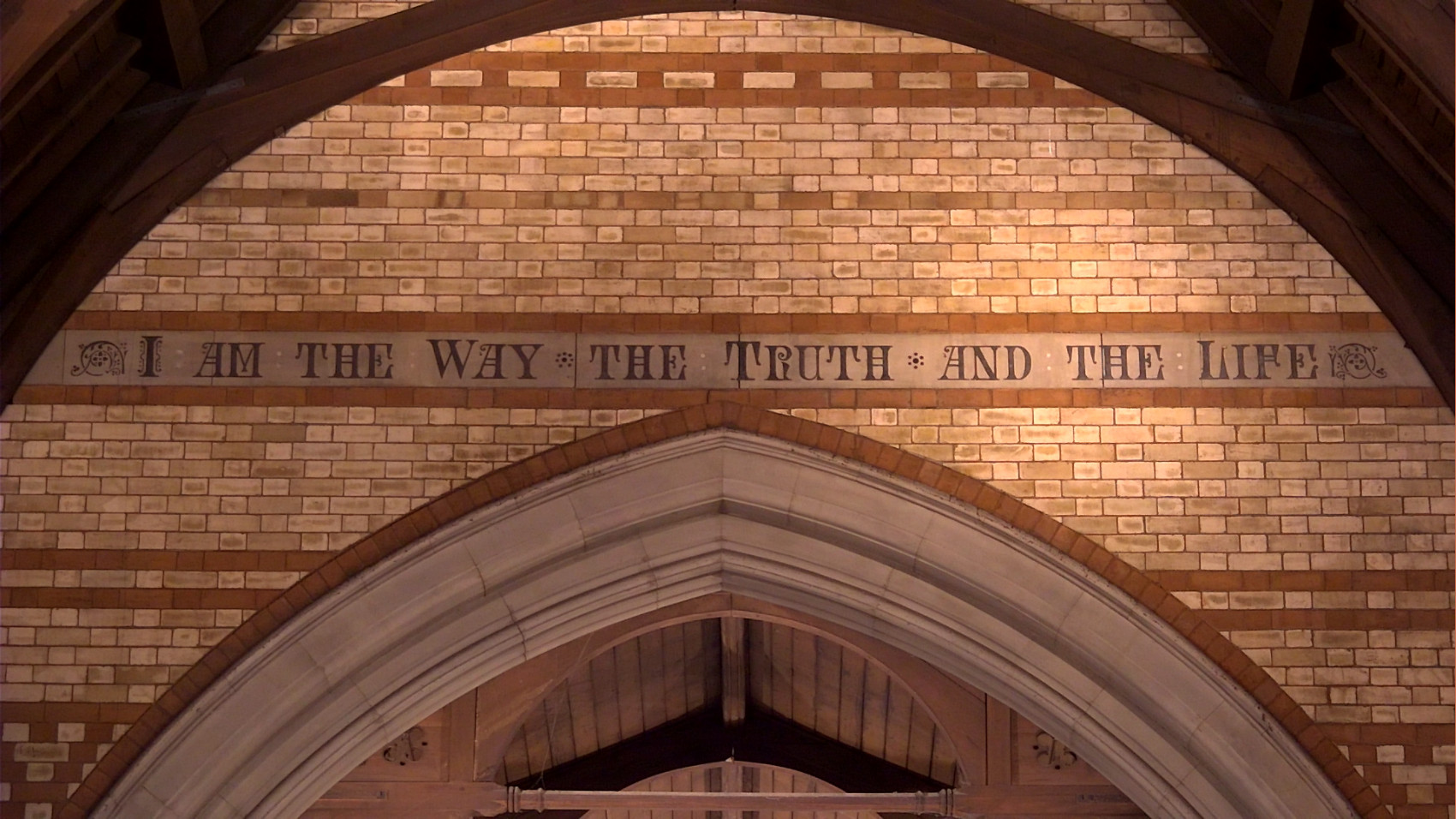Our History

The history of St Paul's church is closely linked with the growth of the town itself and the rapid expansion of the population in the first half of the 19th century, due to the discovery of six medicinal springs in the south of the town.
The formation of St Paul's parish and the building of the church was overseen by Rev Thomas Bromley, Vicar of St Mary's Church in the south of the town. The architect was Mr John Cundall, who was later responsible for building Leamington's Town Hall. An elaborate stone-laying ceremony took place on Ascension Day 1873 and the church was officially opened on Ascension Day 14th May 1874. The first hymn sung at St Paul's was, appropriately, 'Christ is our cornerstone'.
The church originally had 1150 seats, 520 of these were free and the others rented to help pay the Vicar's stipend. The first minister in charge of the church was the curate from St Mary's, Rev J H Rogers. St Paul's became a separate, independent parish in 1877, under the Rev James Bradley.
Even before St Paul's church opened, plans were put underway to build the hall and other church rooms at the west of the building. These were completed in 1888, to commemorate the Golden Jubilee of Queen Victoria, albeit a year late. A significant redevelopment took place in the early 1980s which included installing the heating system (for which everyone was grateful), the west balcony, removing pews to accommodate a lounge and kitchen as well as decorating and equipping the church rooms. It was during the redevelopment that the lobby entrance was added, giving disabled access and linking the main church and parochial rooms. The current 'Heritage room' is named after a Miss Heritage who used to teach there.
Much about the social history of the time is reflected in the way the church operated when it first opened. Initially, the sexes were separated for much of the teaching and social activities; the ills of poverty and alcoholism necessitated the formation of clothing clubs and temperance societies. Over the years, movements such as the Mothers' Union and the Scout and Guide movement have all played a part in the life of St Paul's.
St Paul's has always had close links with a school - the first school in Holly Walk was built in 1841 by St Mary's church. When hundreds of church schools yielded their aided status to the state, the Rev J C Dunham (1947 - 62) worked hard to obtain a new school. The two schools built by Norman Warren (1963 - 77) are now combined on a single site on Upper Holly Walk.
The most significant personalities associated with St Paul’s have been organist and hymn-writer Frances Ridley Havergal, after whom two of the church rooms are named. Also Norman Warren, a writer and composer, and author of the best-selling evangelistic booklet 'Journey into Life'. When Norman Warren arrived in 1963, there were very few members. Under his leadership, a thriving parish church developed and since then, the church has grown in maturity and in vision.
Vicars of St Paul's
|
1877 – 1894 |
Rev James Bradley |
|
1894 – 1910 |
Rev George Edward Augustus Pargiter MA |
|
1910 – 1919 |
Rev James Mervyn Glass |
|
1919 – 1928 |
Rev Robert Woods Colquhoun MA |
|
1928 – 1934 |
Rev George Ernest Arrowsmith MA |
|
1934 – 1947 |
Rev William Walton Rogers MA |
|
1947 – 1962 |
Rev John Charles Dunham MA |
|
1963 – 1977 |
Rev Norman Leonard Warren MA |
|
1978 – 1988 |
Rev Andrew J M Dow MA |
|
1988 – 1999 |
Rev Bill Merrington BSc, MPhil |
|
2000 – |
Rev Jonathan Noel Jee MA |
From the Diamond Jubilee magazine of 1934, the Rev G E Arrowsmith wrote:
'St Paul's Church cannot lay claim to any great archaeological or historical interest and the number of notable names associated with it can be counted on the fingers of one hand, but what it has lacked in sensationalism it has made up in the quiet and steady influence that it has exerted in the religious life of Leamington.'